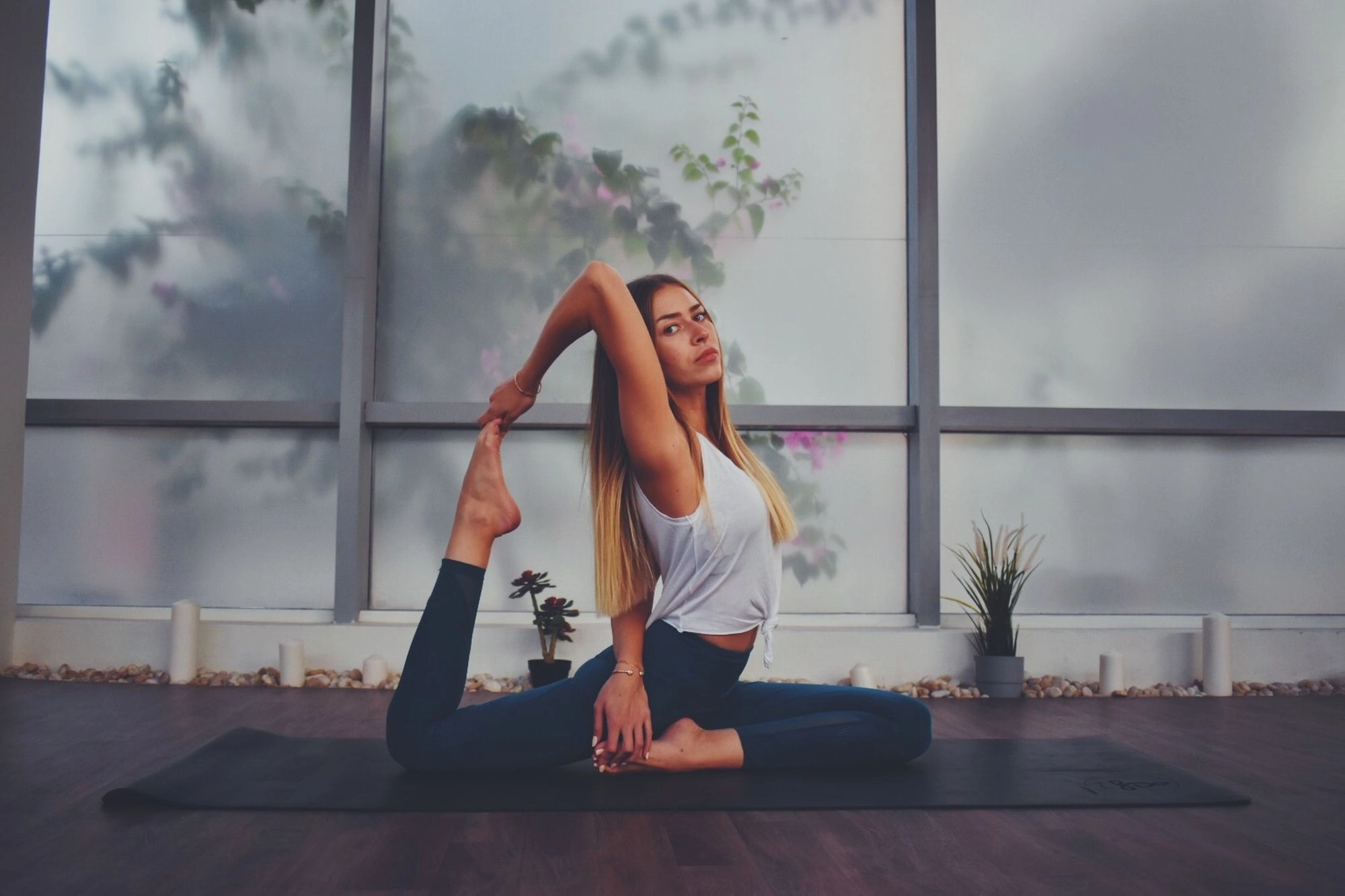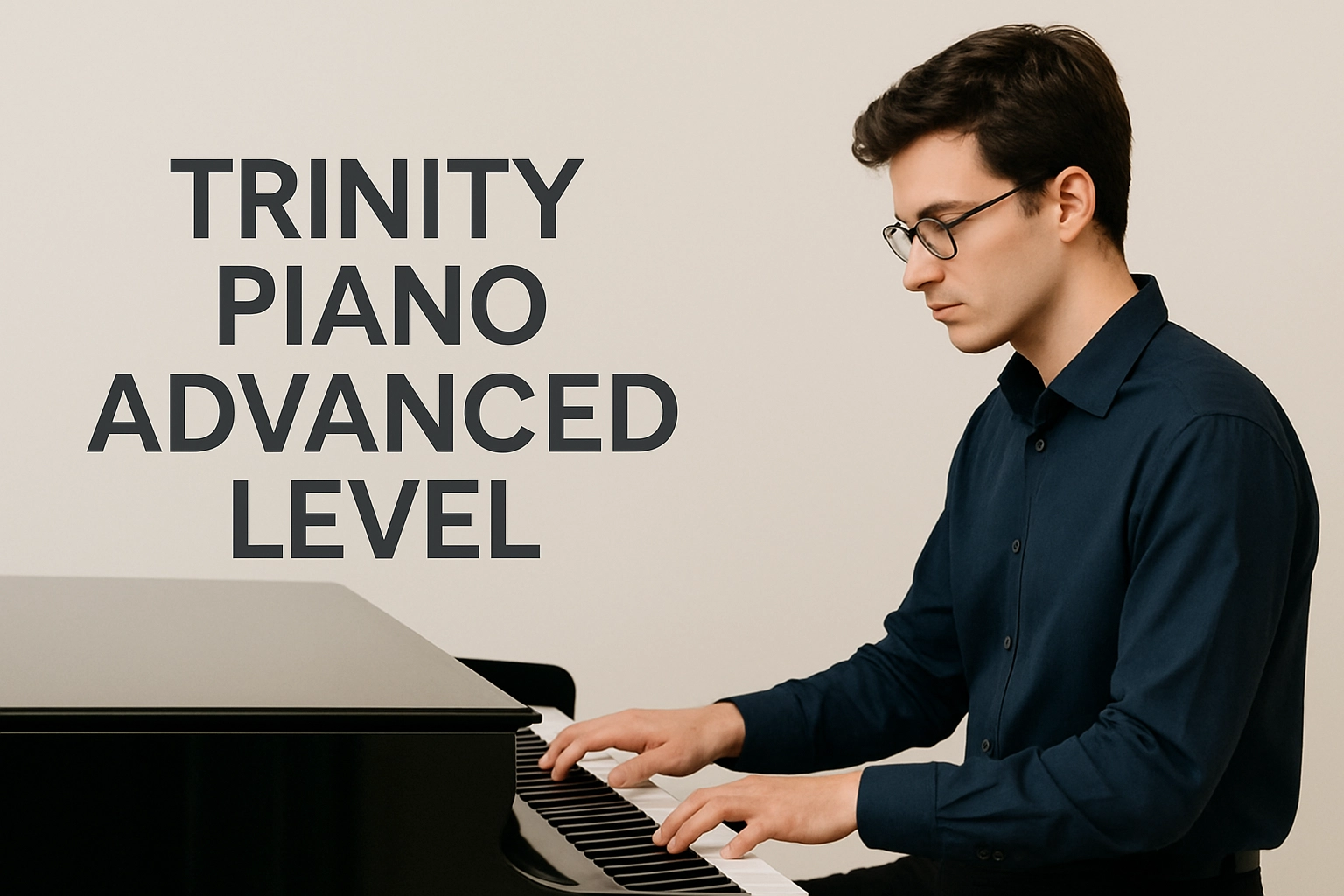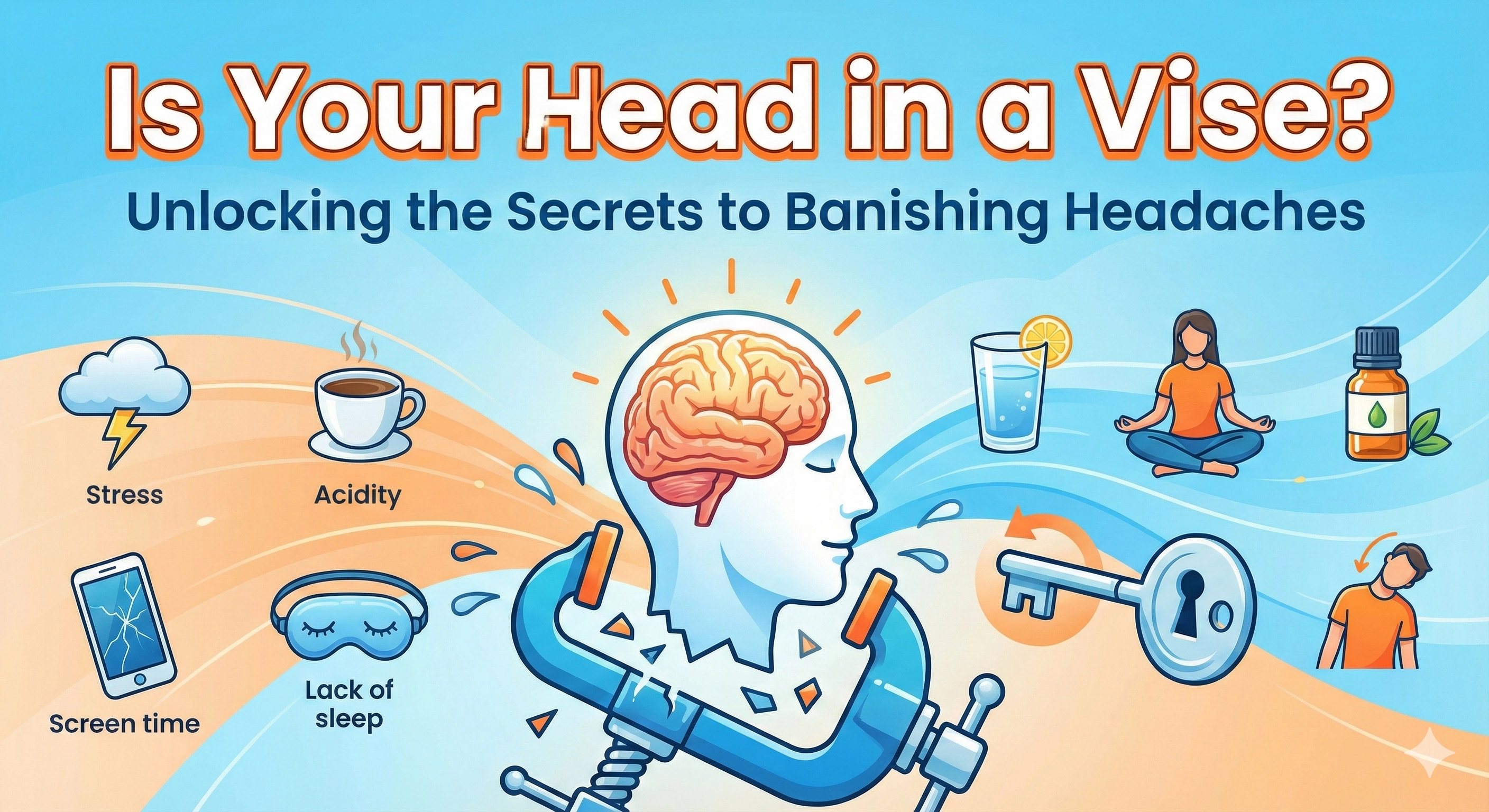Yoga, a practice originating in India over a thousand years ago, harmonizes the mind and body. It combines movement, breathing techniques, and meditation to enhance both physical and mental well-being. Unlike gyms, which primarily focus on building physical strength, yoga offers a holistic approach to wellness.
It teaches patience, reduces stress, and promotes harmony between the body and mind. While images of people performing advanced yoga poses may seem daunting, there's no need to feel intimidated.
Yoga is about progress, not perfection, and improving at your own pace. Here are five of the easiest yoga poses to help you begin your journey into the basics of yoga.
- Five Easiest Yoga Poses You Can Practice at Home
- How to Perform
- Conclusion
- FAQs
- 1. What are the best yoga poses for beginners?
- 2. How often should beginners practice yoga?
- 3. Do I need special equipment to start yoga?
- 4. Can yoga help with stress and anxiety?
- 5. Are these poses safe for all beginners?
- 6. How can I learn the correct techniques for these poses?
- 7. How long should I hold each pose as a beginner?
- 8. What should I focus on while practicing yoga?

Five Easiest Yoga Poses You Can Practice at Home
1. Tree Pose Vrikshasana
Tree Pose (Vriksasana) is a simple yet powerful yoga posture for beginners. 🌳 It improves balance, focus, and stability, while teaching mindful breathing and enhancing your overall posture just like a steady, strong tree.
How to Perform
Stand firmly on your feet and place your left foot on your inner right thigh.
Press your hands with the fingers extended and find a thing in front of you that you can focus on.
Hold and breathe for 10-15 seconds and then change legs.
Make sure you don't put pressure on the standing leg and keep your shoulders relaxed and lower abdomen engaged.
Tips for Beginners
You can stand with your back supported against a wall if you feel uncomfortable in this pose.
2. Seated Forward Bend Paschimottanasana
It's important to practice the forward bend to stretch the lower and upper back, hamstrings, and sides. The seated forward bend is the ideal yoga pose for beginners to unclog the body and promote blood flow.
How to Perform
Sit on the floor, support your buttocks with a blanket or a cushion. Extend your legs in front of your upper body at a 90-degree angle.
Slowly breathe in and raise both of your hands over your head and stretch as much as you can.
Try to extend your arms forward and try to touch your feet with your fingers.
Lift your chest, engage your lower abdomen, and you will feel muscles stretching on your upper and lower body.
Hold this pose for up to 10-15 breaths before slowly releasing with deep exhalation.
Tips for Beginners
If you feel pain on your thigh or abdomen, you need to stop immediately; but if you feel the tension when you bend forward and you can continue to breathe comfortably, hold on to this pose for a few breaths longer.
You can also keep both of your knees bent in the pose as long as the feet stay together and flex.
3. Bridge Pose Setubandhasana
Setubandhasana is a way to bridge the gap between your body and mind. A counter pose to a forward fold is the back fold. The bridge pose stretches the front body muscles.
It is extremely helpful for beginners before jumping into complex poses.
How to Perform
Begin lying down comfortably on your back and place your feet wide apart as long as you are comfortable.
Press firmly onto your toes and lift your buttocks up off the yoga mat. Interlock your palm and press the shoulder towards the floor.
Drag your heels slowly towards your shoulders to engage your hamstrings.
Hold it for 10-15 breaths, then slowly lower down your hips and repeat three times.
Tips for Beginners
An easier version of the Bridge pose with a bolster or a block underneath the pelvic floor is a great way to release tension from the lower back. It can also help to ease muscle discomfort and menstrual cramp.
4. Child Pose Balasana
A child pose, also known as Balasana, is a gentle recovery pose that stretches the thighs, legs, and hips while calming the mind and relieving tension and stress.
Child pose is an excellent resting yoga pose for beginners and even for advanced yoga practitioners.
How to Perform
Kneel on the mat. Touch your toes together and sit with your hips resting on the heels.
Spread your knees as wide as your pelvic floor.
Exhale and lay your upper body resting between your upper thighs and try to touch your forehead on the ground.
Put your hands gently on your sides with your palms facing upwards beside your feet.
Stay in this posture for 30 seconds. While coming up, slowly lengthen the front torso, and then with a deep inhalation, gently raise your back.
Tips for Beginners
Put a cushion or blanket under your knees, hips, or head. If you are pregnant, spread the knees as wide as you can to reduce any pressure on the lower abdomen.
5. Corpse Pose Shavasana
No yoga session is complete without a relaxation pose at the end. Even though Savasana or Mrtasana is a relaxing pose, it is called the most difficult of all the yoga poses.
You need to stay present and aware of the surroundings during the 5 to 10 minutes you spend in the final relaxation posture. It is a meditative practice to calm your nervous system down.
How to Perform
Lie down on your back and spread your legs a bit wider than your body width. Bring your arms beside your body but slightly distant from the torso. Rest your palms facing upwards.
Breathe slowly and naturally. If your mind wanders, allow the passing thoughts and then concentrate on your breathing process.
Stay in that position for about five minutes. You can do it for an even longer period of time.
To come out, stretch your arms overhead for a full-body stretch from hands to feet, slightly bend your knees and turn to the side. Use your hands to support and bring yourself into a seating position slowly.
Tips for Beginners
Perform it without any mat to enhance the feeling that the body is connected with the earth.
Conclusion
You are now ready to start your yoga practice on a daily basis. Always remember that practice has no alternative. Be patient and don't get overwhelmed with your failure, and you will move on to become the best version of yourself.
Lastly, I would suggest you take yoga classes as you move along with more complex poses. You can always consult a yoga guru to guide you through the transcendental journey.
FAQs
1. What are the best yoga poses for beginners?
The five best yoga poses for beginners include:
Mountain Pose (Tadasana): This foundational pose helps improve posture and balance.
Downward-Facing Dog (Adho Mukha Svanasana): A great inversion that strengthens and stretches the whole body.
Child's Pose (Balasana): A restful pose that provides a calming effect and stretches the back.
Warrior I (Virabhadrasana I): Enhances strength and balance while opening the hips and chest.
Cat-Cow Stretch (Marjaryasana-Bitilasana): An excellent flow to promote flexibility and relieve tension in the spine.
2. How often should beginners practice yoga?
Beginners should aim to practice yoga at least 2-3 times a week. Consistency will help build strength, flexibility, and confidence in your practice. However, even short daily sessions can be beneficial.
3. Do I need special equipment to start yoga?
No, you don't need special equipment to begin your yoga journey. A yoga mat is recommended for comfort and stability, but you can practice on a carpet or a soft surface if you don't have one. Comfortable clothing that allows for movement is also advised.
4. Can yoga help with stress and anxiety?
Yes! Yoga is known for its benefits in reducing stress and anxiety. The combination of physical movement, deep breathing, and mindfulness helps calm the mind and promote relaxation. Many beginners find that even a few minutes of yoga can improve their mood and decrease tension.
5. Are these poses safe for all beginners?
These poses are generally safe for beginners, but it's important to listen to your body and avoid pushing yourself too hard. If you have pre-existing health conditions or injuries, consult with a healthcare provider before starting any new exercise regimen. Always prioritize proper alignment over depth in your poses.
6. How can I learn the correct techniques for these poses?
To learn the correct techniques for yoga poses, consider the following:
Online Tutorials: There are numerous free resources available on platforms like YouTube, where instructors demonstrate and explain each pose.
Yoga Apps: Many yoga apps offer guided classes tailored for beginners.
Join a Class: If possible, attend a local yoga class. Having a qualified instructor can provide personalized feedback and corrections.
7. How long should I hold each pose as a beginner?
As a beginner, holding each pose for 15 to 30 seconds is a good starting point. As you become more comfortable, you can gradually increase the duration to 1 minute or more, depending on the pose and your experience level.
8. What should I focus on while practicing yoga?
While practicing yoga, focus on the following:
Breath: Coordination of breath and movement is vital. Breathe deeply and maintain a steady rhythm.
Alignment: Ensure proper body alignment to prevent injuries and maximize the benefits of each pose.
Mindfulness: Stay present and be aware of your thoughts and feelings during practice, fostering a sense of peace and self-awareness.





Comments